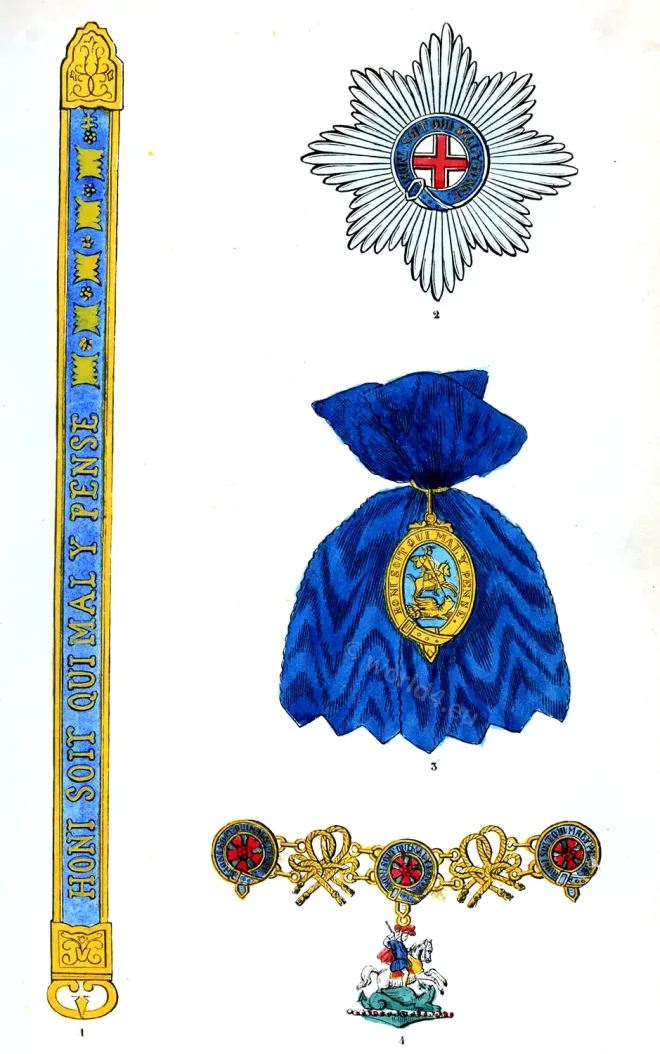Thomas of Lancaster, 2nd Earl of Lancaster was an English magnate and rebel.
Category: 14th Century
Fashion and Costumes during the 14th century.
England. Ships of the 14th and 15th centuries.
Ships of the 14th and 15th Centuries. 1375 to 1425.
Episcopal costume. The Mitra Pretiosa of the 14th c.
Episcopal costume and insignia. The mitre, the cross, the superhumeral, the ring, the gloves, the shoes.
German patricians in 14th century dress.
Münchener Bilderbogen 1848 to 1898. On the history of costumes.
Edward the Black Prince. The last hero of English chivalry.
Edward of Woodstock, named after his birthplace, Prince of Wales and Aquitaine, known as The Black Prince, but actually Edward Plantagenet; KG (June 15, 1330 in Woodstock, Oxfordshire; – June… Read More
The Palazzo Vecchio at Florence by Alexandre Dumas.
The Palazzo Vecchio (“old palace”), as the seat of the city parliament, represented the center of secular power in 14th century Florence.
The dress of the people of the fourteenth century
Costumes of the late Middle Ages. Fourtenth century. The period is one of lavish use of color.
The Order of the Garter. The most exclusive British order
The Order of the Garter is the most exclusive British order and one of the most prestigious in Europe.
Gothic middle class fashion 11th to 13th century. Medieval period.
History of Costume. MIDDLE AGES. MIDDLE CLASS. 1000 A.D – 1300 A.D.
Constance of Castile, Duchess of Lancaster with horned head-dress.
Constance of Castile (1354 – 24 March 1394) the second wife of John of Gaunt Duke of Lancaster with horned head-dress.










